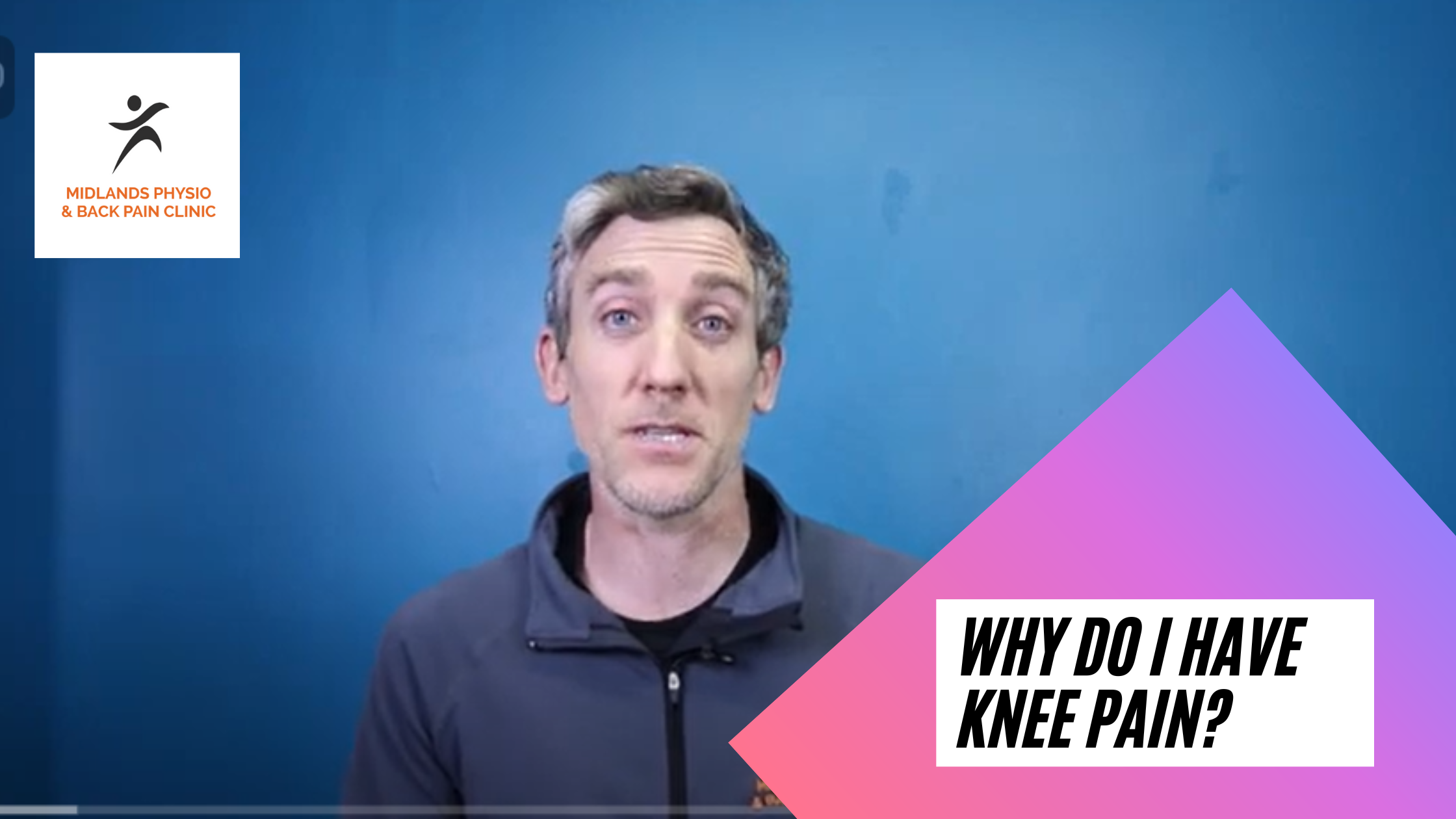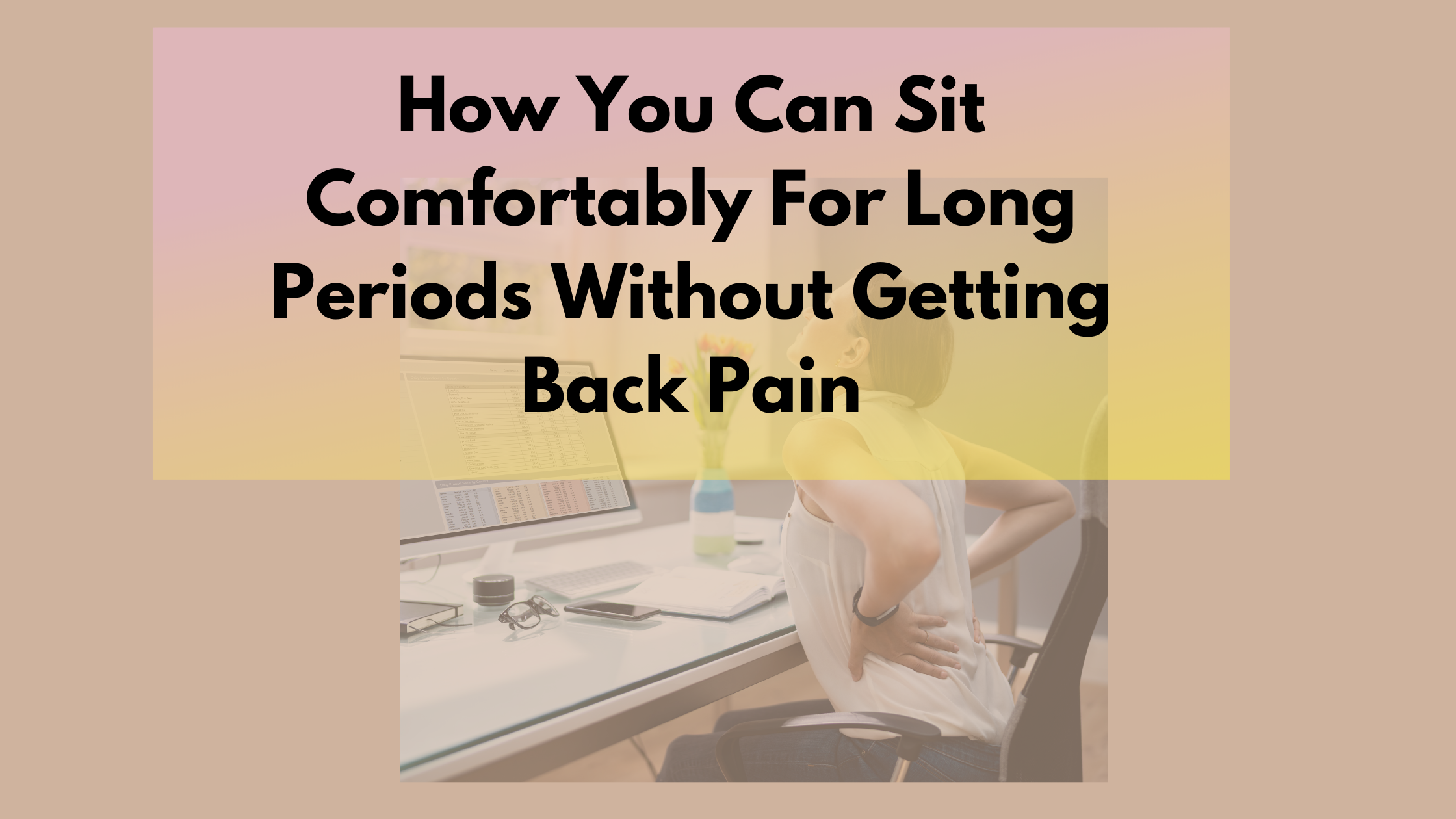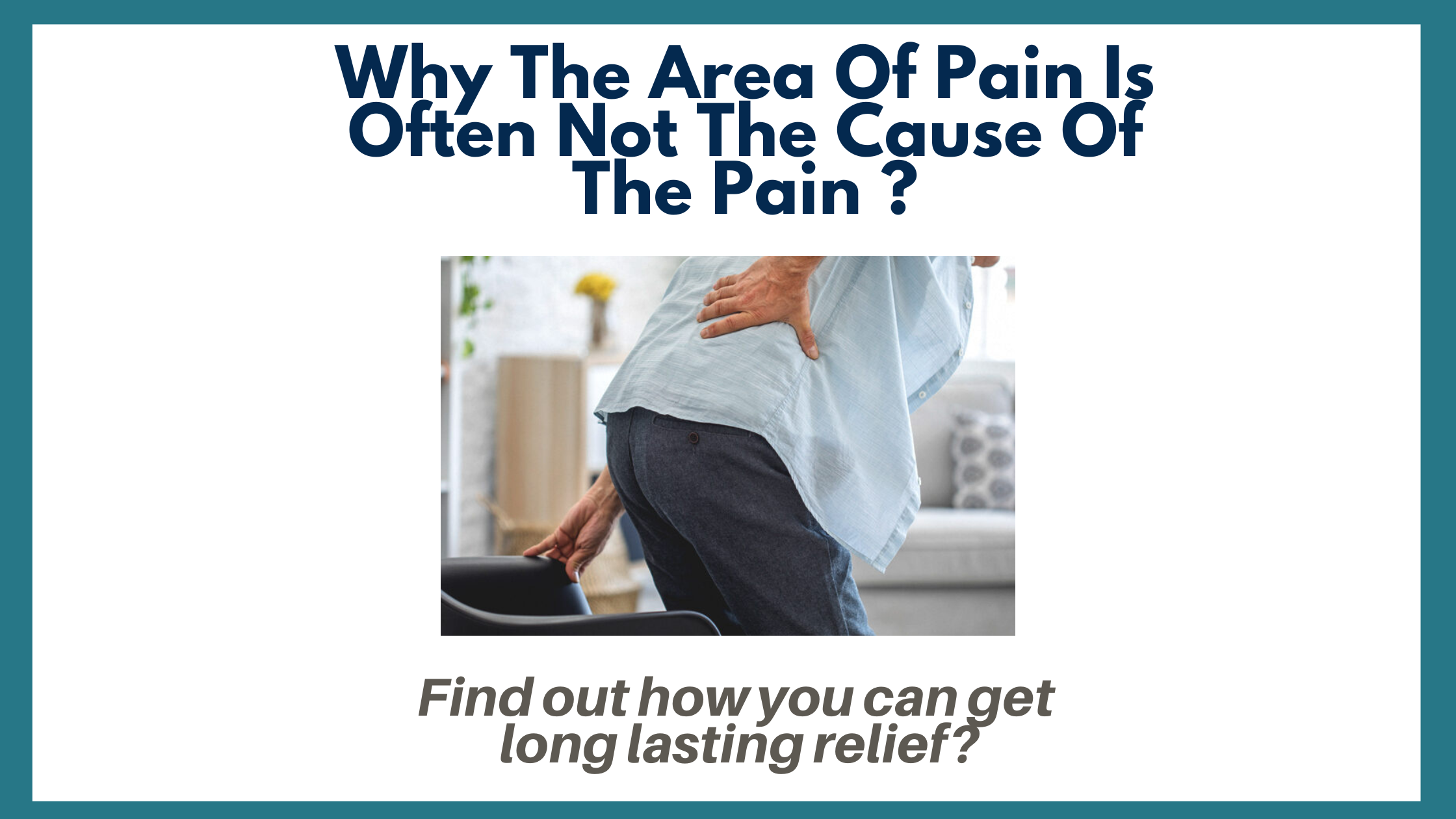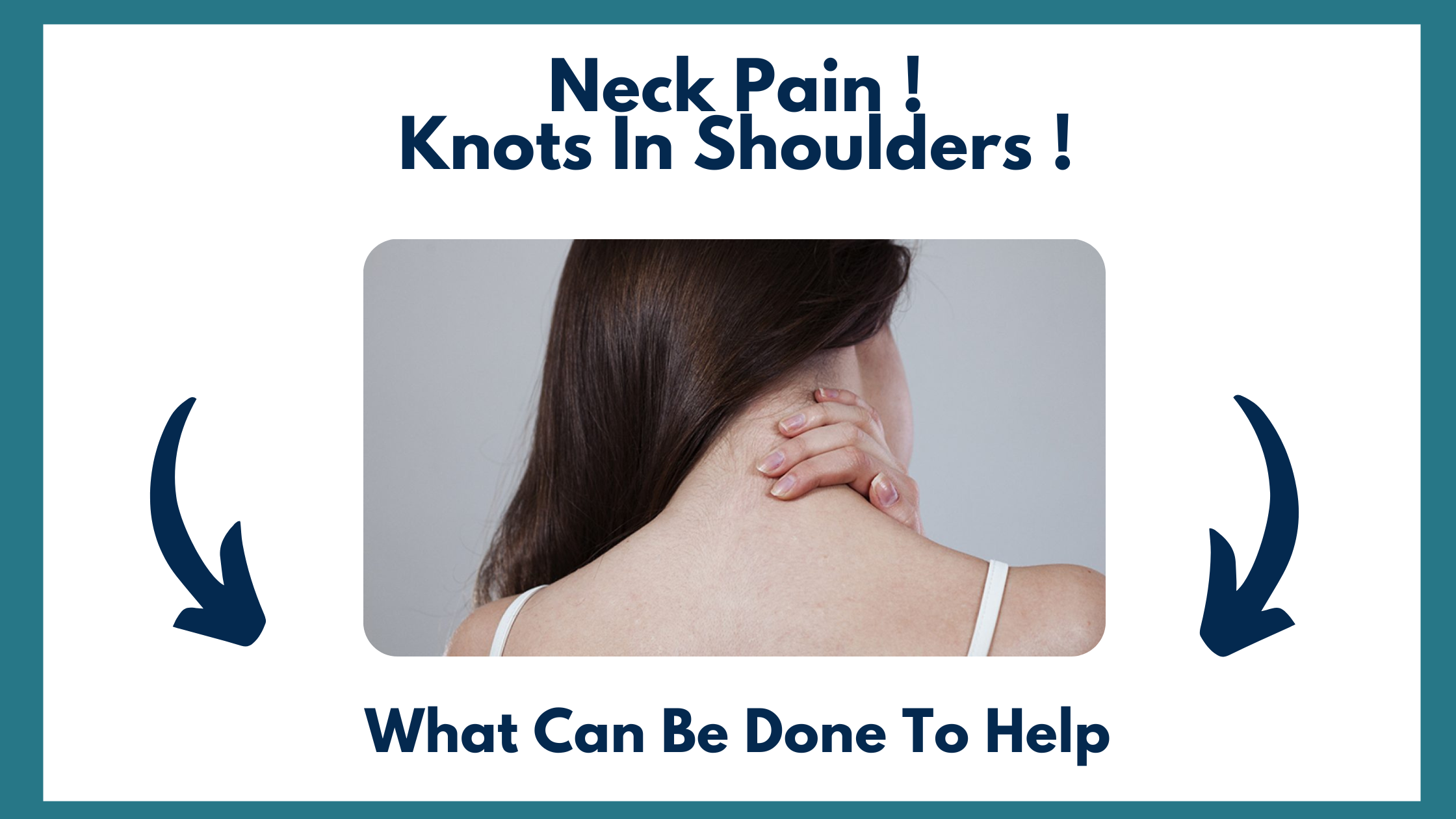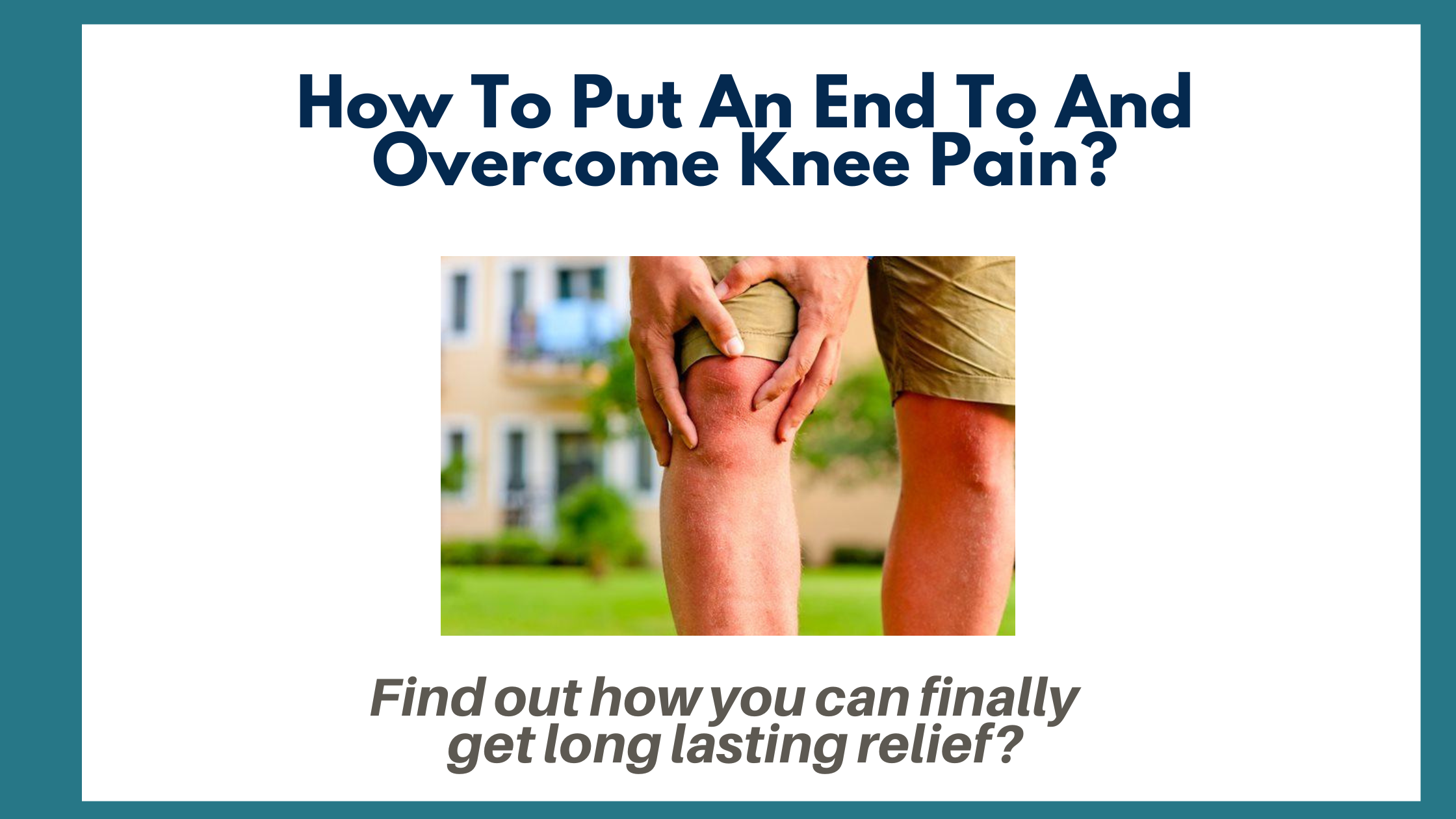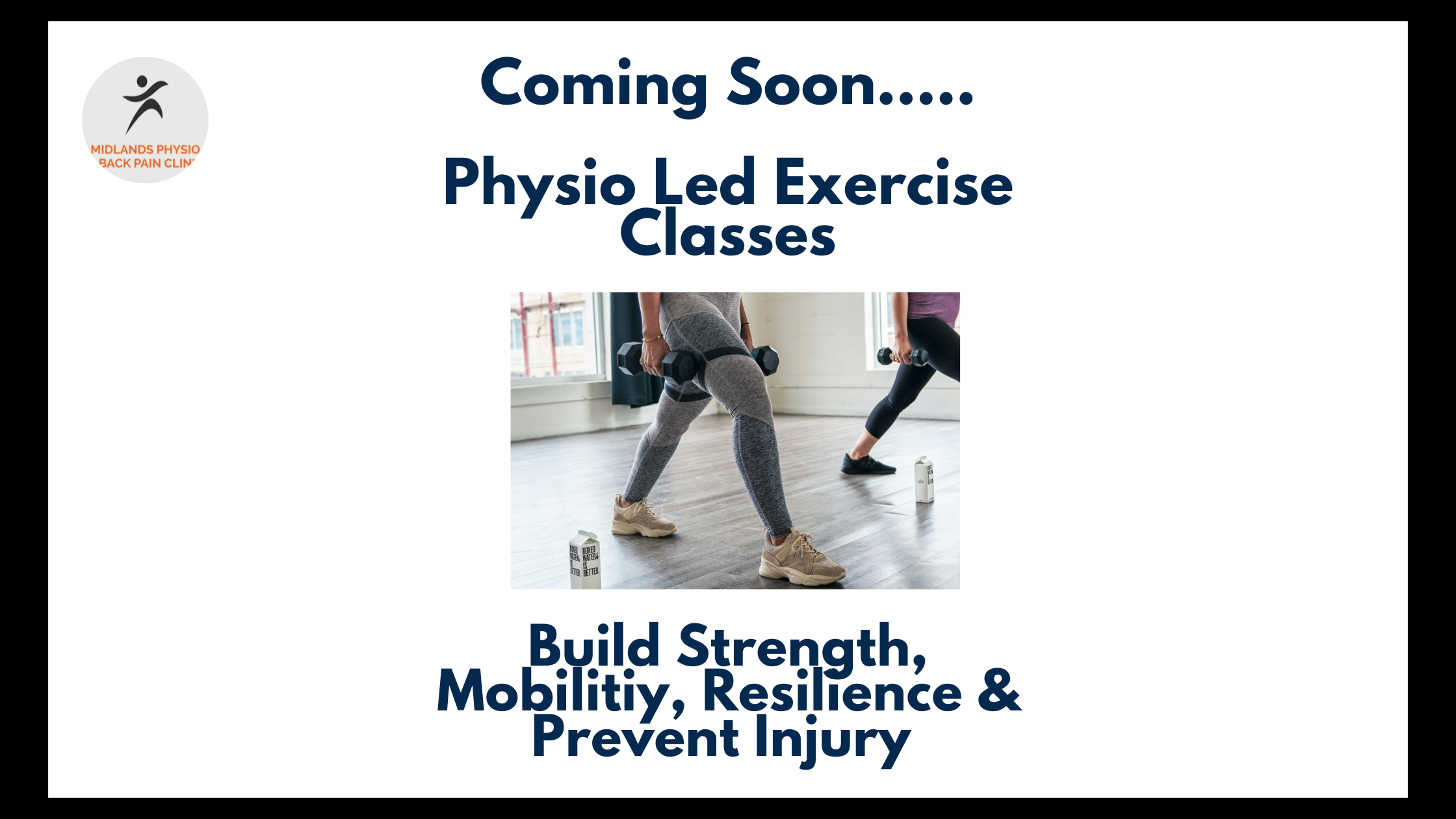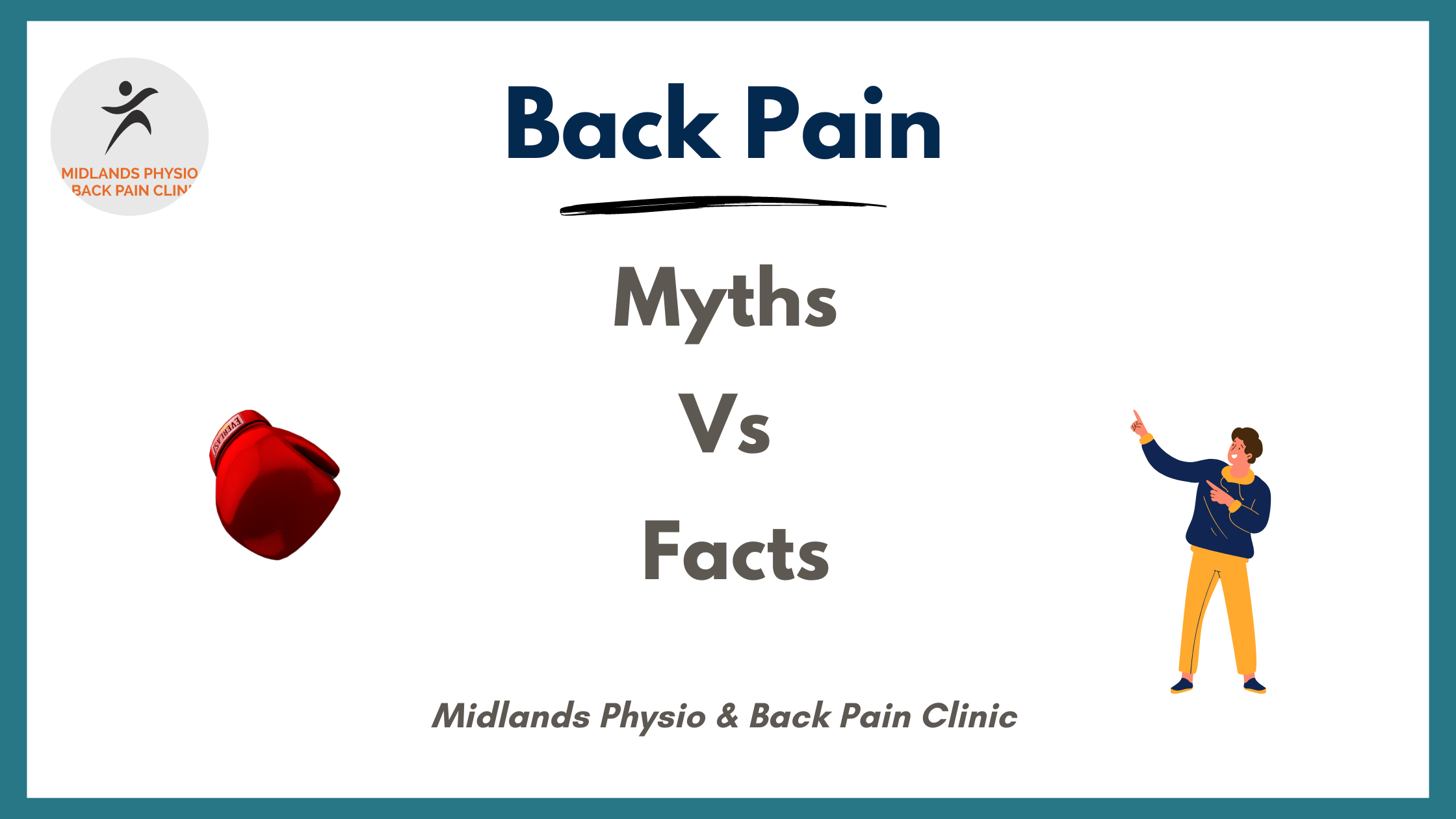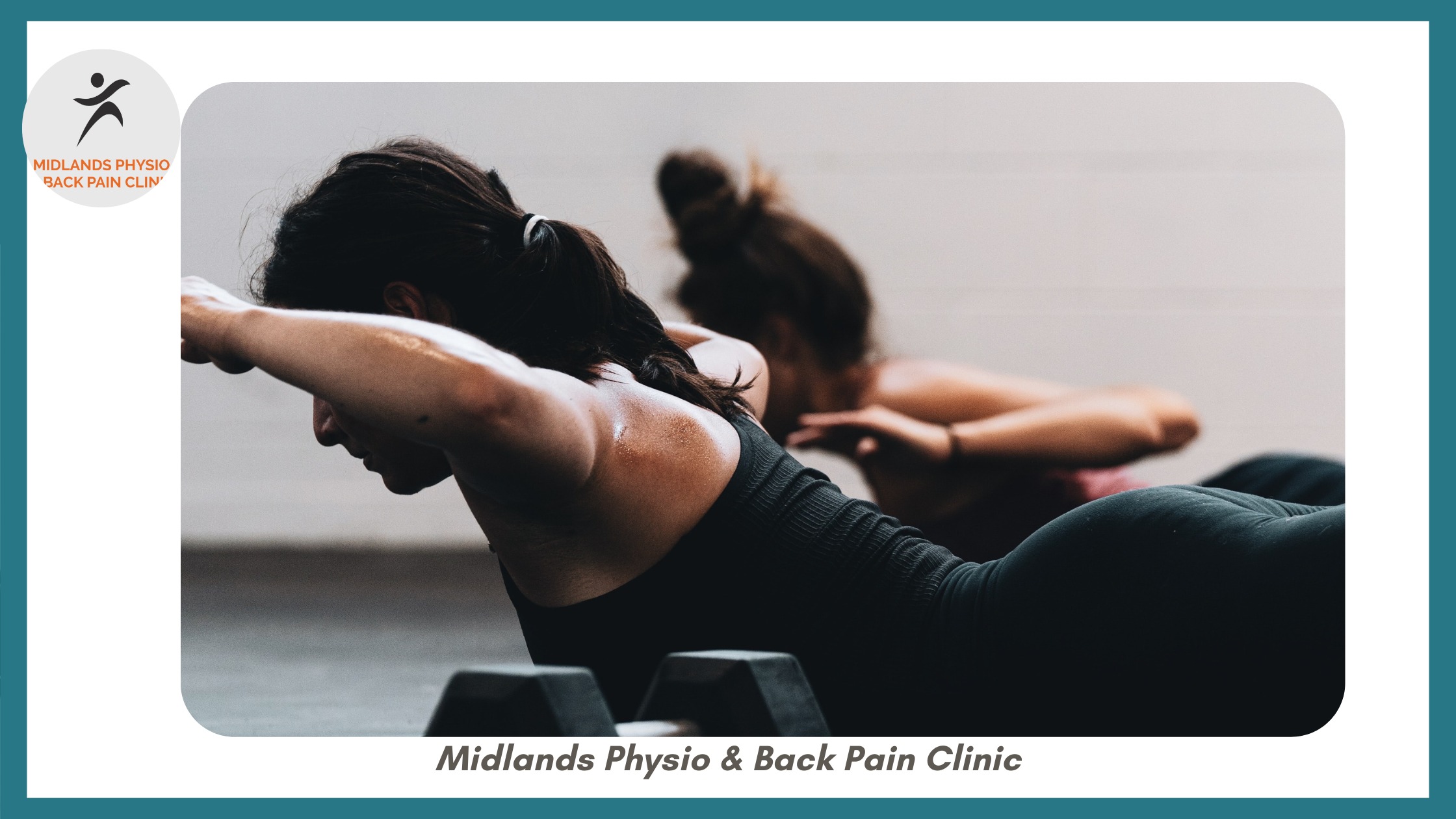Why Do I Have Knee Pain?
When someone comes to see me in the clinic with knee pain, often the first thing they will want to know is “what is causing my knee pain?”
To answer this, the first thing that I need to understand is the patient’s story and what has happened that has resulted in them experiencing knee pain.
Most of the time there are two scenarios that have led to knee pain.
- A specific trauma or injury such as bang, fall, or twist.
- No specific injury and the knee pain has come on gradually for no obvious reason.
Of course there can also be medical reasons such as gout or infections that will need medical intervention to reduce the swelling and arthritis can also be a cause of knee pain.
If there has been a specific injury to their knee such as a twist, bang or fall to the knee that has resulted in swelling, pain or stiffness, then the answer to their pain may be coming from some of the structures inside the joint, such as cartilage, bone or ligament.
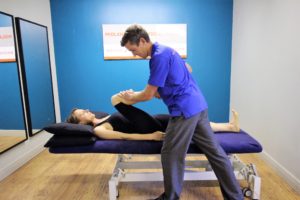
In these cases, I will need to assess the level of injury and if they need further investigation such as an x-ray or scan. We then need to look at settling the symptoms and follow the best management protocols for healing and recovery.
But very often my patients will not have had a specific injury to their knee and the pain will have ‘come on by itself’’.
In this case, we need to investigate a little more to uncover the root cause behind the pain, which often is not the knee itself but somewhere else in the body that is leading to the knee getting overloaded and becoming painful.
Let me give a common scenario that I see with patients in the clinic.
Ideally, when you are walking, running, lifting or going up and down the stairs we want the force and ‘load’ from these movements to be distributed evenly across the leg muscles.
To keep it simple, let’s say all the main leg muscles do 25% each. (see image below)
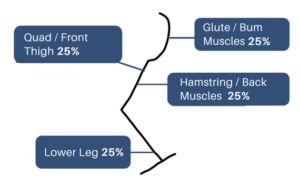
If certain muscles are not tolerating enough load it can lead to other areas compensating which can result in them becoming overloaded. This can then result in muscle fatigue or overload to the joint, which can lead to stiffness, pain and injury if it is not addressed in time.
These imbalances can happen due to previous injuries such as an ankle sprain, achilles tendonitis, plantar fascia, calf strain, hamstring tear or a hip issue….. To name just a few.
The thing that catches people out is that you can have these imbalances for months or years and be getting by just fine and unaware of any lower body problem. It is often only when you increase the load or activity that it becomes an issue and results in pain.
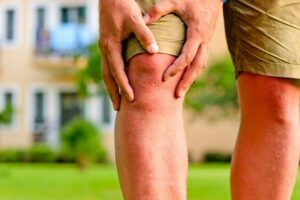
This can happen if you have a really busy week at work, you decide to take up running or increase your running too quickly. Maybe you had a full weekend of hill walking, cycling, running and a long drive home that has overloaded your knee.
This is why finding and addressing the root cause is vital if you have been struggling with a pain or injury for over 3 months because the vast majority of tissue injuries will heal well within 3 months.
But If you still have pain, there is a reason why your nervous system does not feel safe and your body is still giving you that pain experience. This is often due to imbalances such as what I described above.
So, what needs to happen to get a solution?
In my clinic we have a 5 step treatment pathway.
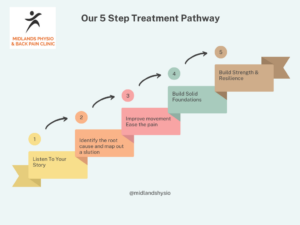
The first step involves understanding the person’s story as I mentioned already.
The 2nd step involves a movement assessment to see how your body is moving, where any imbalances may be and what needs to be helped to offload the knee.
The third step involves undoing these imbalances by using hands on treatment and exercises to reduce the pain and improve the movement.
Step 4 involves building solid foundations around the joints of the ankle, knee and hip to ensure that all the key areas are working together efficiently and doing the job they are meant to do.
The 5th step is really what ensures long lasting change and preventing the problem from recurring. This is where we build strength and resilience to allow you to confidently return to the stresses and challenges of your sport or everyday life, without fear and worry of the problem returning.
To recap
I hope that helps give you an insight into what can be done to help overcome knee pain. If someone did have an injury such as ligament or cartilage injury that did or did not need surgery , the treatment process would still be the same.
Build the body back up, ensure you are able to deal with the stresses of your everyday life and give you back strength, resilience and confidence in your movement.
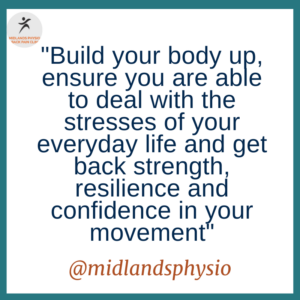
If you have been suffering with knee pain for over 3 months and it is not going away even though you have tried many things to do then you can apply for a free phone consultation to see if our 5 step treatment pathway is right for you.
You can fill in your details in the form below to apply for a free phone consultation.
Alternatively, if you are fed up with living with knee pain and want to find out what’s causing it and get a clear plan of what needs to happen to get a solution then book an initial assessment in our clinic and start the process today.
Thanks for reading,
Derek Stenson

